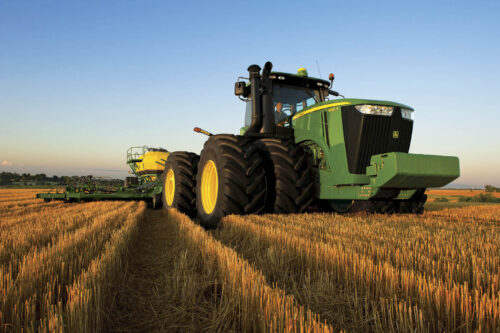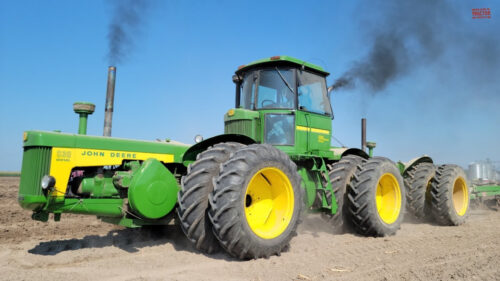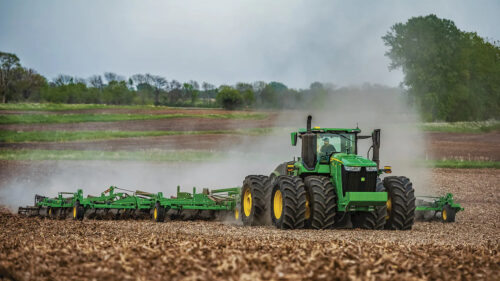
For centuries, horses served as the primary source of power in agriculture. However, the advent of tractors in the early 1900s brought about a significant shift in farming practices.
This article explores the transformation from horse-driven agriculture to the rise of tractors and the subsequent development of powerful, modern machines. The accompanying video showcases the evolution of tractors and their impact on agricultural productivity over the past century.
The Rise of Tractors: As tractors became more accessible, they gradually replaced horses as the main source of power in agriculture. The initial tractor models were large and cumbersome, but their efficiency and speed surpassed that of horses, enabling farmers to plow larger areas in less time.
Tractors offered enhanced maneuverability, ease of use, and increased productivity, marking a significant milestone in agricultural mechanization.
Technological Advancements and Engineering Innovations: Over time, tractors underwent continuous technological advancements and engineering innovations. These improvements resulted in more efficient, powerful, and versatile machines.

Modern tractors are equipped with cutting-edge features such as GPS systems and precision farming tools. These advancements enable farmers to optimize their operations, enhance productivity, and maximize yields.
The integration of technology into tractors has transformed farming practices, enabling precise field mapping, automated guidance systems, and real-time data analysis.
The Emergence of Large Tractors: The introduction of large tractors revolutionized farming practices by allowing farmers to cultivate larger areas of land.

Designed to handle heavy loads, large tractors excel in tasks like plowing and harvesting. Equipped with powerful engines generating several hundred horsepower, these machines tackle even the most demanding farm work.
The development of large tractors has significantly contributed to agricultural productivity by increasing efficiency and enabling farmers to work on a larger scale.
The transition from horse power to tractors marks a significant milestone in the history of agricultural machinery. Tractors have evolved from their humble beginnings as bulky machines to become highly sophisticated, efficient, and powerful tools.
With advancements in technology and engineering, modern tractors have revolutionized farming practices, offering advanced features and capabilities that optimize agricultural operations and maximize yields.
The emergence of large tractors has further boosted productivity by enabling farmers to work on expansive fields and handle heavy loads. The continuous development of tractors ensures that agriculture remains at the forefront of innovation, powering global food production for years to come.
